Year of Investment in Production in Iran
While sanctions have significantly strained the economy, reducing oil revenues, increasing inflation, and causing poverty, they have also driven Iran to develop a more self-reliant economy.
The degree of dependence of a country's various economic sectors on other countries is a measure of its vulnerability under economic sanctions.
Primary industries as well as those that usually import technology, equipment, and services necessary for production, such as raw and intermediate materials plus the sectors that take their cue from the markets of other countries, usually experience the highest level of damage from economic sanctions.
Iran's experience under extensive sanctions highlights both its resilience and the challenges it continues to face. Alongside the economic hardship, sanctions have also spurred the growth of a domestic manufacturing sector, demonstrating the country’s capacity to adapt to hardship.
The heavy blows dealt to the Iranian economy, production, and industry as a result of sanctions have awakened producers to their weaknesses and dependence on imports, and generated a transformational derive for self-sufficiency.
In fact, Iranian producers have realized that the purchase of many imported goods is no longer economically viable, and this in turn has led to the boom in domestic production and exports.
Sanctions encourage working harder to meet the needs of the domestic market and make greater efforts in exports of goods, which in turn lead to the maximum use of the country's vast and valuable resources, making them a bigger driver of the economy and a new engine of growth.
They also motivate producers to improve the quality of their products, unlike the industries whose heavy dependence on imports of goods and raw materials often results in low quality products with the imposition of sanctions.
The emergence of knowledge-based companies and startups and remarkable advances in technology in recent years are among the fruits of sanctions.
One of the urgent challenges of Iran’s economy is the collapse of the national currency and galloping inflation.
While the country needs fundamental changes to reduce its dependence on oil revenues and achieve sustainable growth, investment in the manufacturing sector is one of the most effective solutions to strengthen economic infrastructure, increase employment, and improve people's livelihoods.
The designation of the new Persian year of 1404 as the year of “investment in production” by Leader of the Islamic Revolution Ayatollah Seyyed Ali Khamenei indicates the need to focus on directing financial resources towards productive sectors.
The goal not only provides an opportunity for economic prosperity, but with proper planning and cooperation between the government, the private sector, and the people, it can transform Iran into one of the production hubs of the region.
Given Iran’s vast industrial capacities, rich natural resources, and skilled manpower, there is room for greater strides towards self-sufficiency and economic growth by focusing on production. Achieving this, however, requires structural reforms, removing existing obstacles, and creating incentives for investors.
Channeling stray capital - put at $40 billion by some unofficial estimates which has been ploughed into housing, foreign exchange and gold for years - to productive sectors is one of the solutions.
In addition, the uneven distribution of investment funds, which are mainly concentrated in large industries such as oil and petrochemicals, has left small and medium-sized industries which play a key role in job creation in the lurch.
Small and medium-sized industries, as the backbone of dynamic economies, require special attention. Despite their high potential for job creation and development, they have not been able to fully flourish due to a lack of financial resources and infrastructure.
Economically targeted investments in the sector, accompanied by steady support of the domestic supply chain and development of processing and supplementary industries, can reduce dependence on imported raw materials and strengthen the country’s economic independence.
For example, the processing of domestic raw materials and producing higher value-added products will not only reduce foreign exchange costs, but will also pave the way for Iran to have a stronger foothold in international markets.
Knowledge-based and technology-driven industries are another area with a potential to transform Iran's economy. Currently, more than 54 percent of industrial production depends on natural resources, only 0.5 percent of which is accomplished with the use of advanced technologies.
This shows the need to invest in research and development, innovation, and digitalization of industries is particularly urgent.
People's participation is one of the main pillars of realizing the slogan of 1404. The small capital, which is often directed towards unproductive markets, can make a big difference in economic growth by entering the production cycle.
If people allocate their resources to production instead of investing in assets such as gold and foreign exchange, not only will the value of their assets be preserved, but they will also help create job opportunities and boost the economy.
Investing in production, more than being a slogan, is an opportunity for Iran's economic transformation, the realization of which depends on the cooperation of the government, the private sector, and the people.
The government with smart policymaking, the private sector with innovation and investment, and the people with active participation can lead Iran towards sustainable development.
Years of pressure have led to a national self-belief and determination, of which national self-reliance and self-sufficiency are its sweet achievements.
The lesson is clear: sanctions will not paralyze the country's economy at any point in history. By relying on the country’s vast God-given resources and invaluable human resources, scientists, and technicians, Iran will be able to weather the economic onslaught including the brewing Trumpist storm.
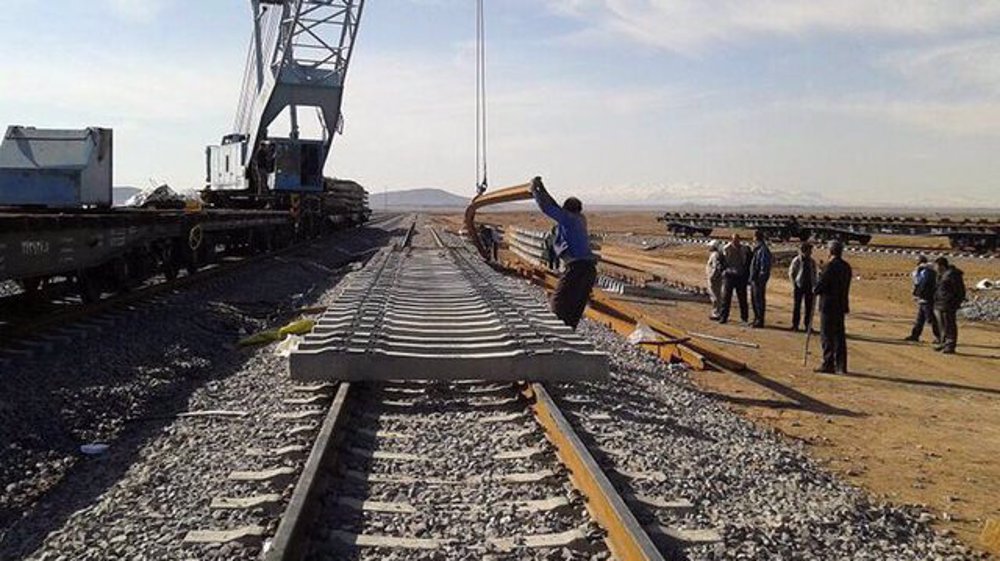
Iran to finish key rail link to Oman Sea until March: Report
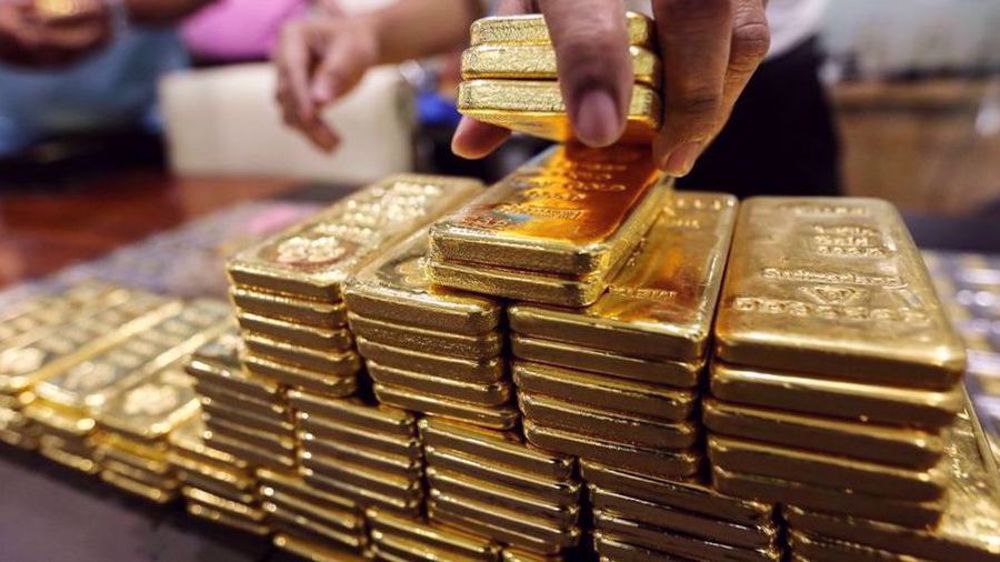
Iran gains $1.3 billion from its gold import spree: Report
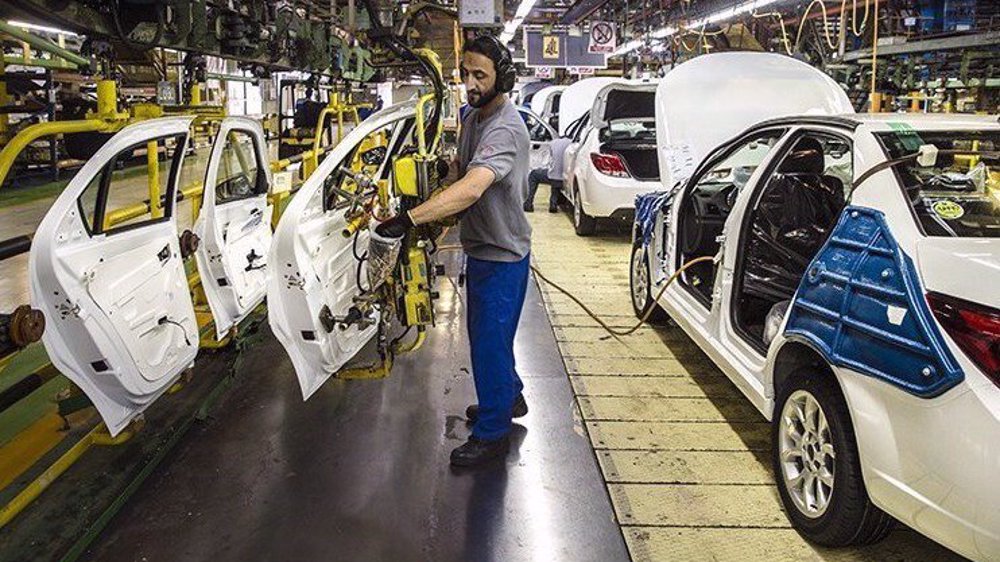
Iran’s top car manufacturers report fall in output
Trump policy protest erupts outside US Congress
Xi calls on EU to join China to resist Trump trade war 'bullying'
Israeli report: Only 25% of Hamas tunnels destroyed after months of war
US bans Arab states from supporting Lebanon, Syria reconstruction: Report
Hamas, PA laud France’s plan to recognize Palestinian state
Iran ‘giving diplomacy a genuine chance’ with Oman talks
US says can deport people for beliefs as students expelled
VIDEO | Spain’s Cordoba hosts Conference against Israeli media manipulation in Gaza war


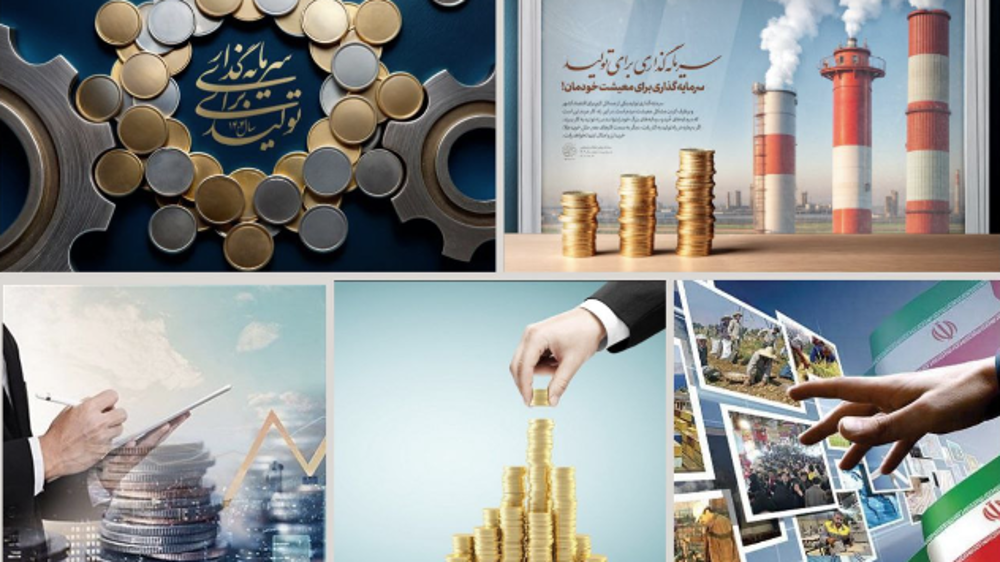
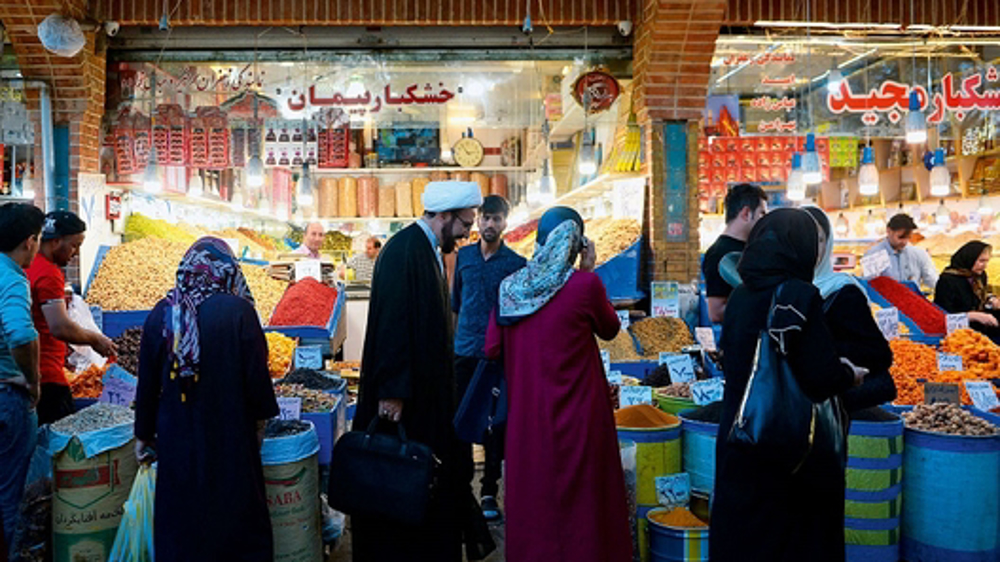




 This makes it easy to access the Press TV website
This makes it easy to access the Press TV website